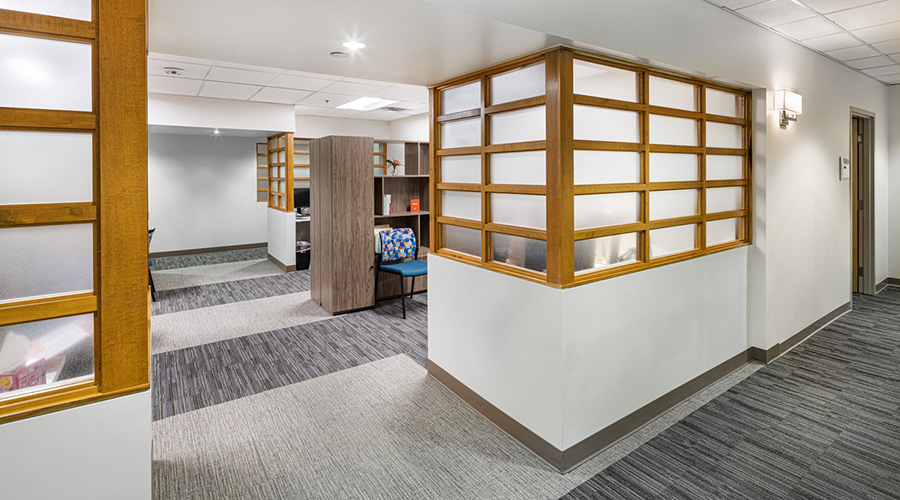The Affordable Care Act has given an estimated 32 million new people access to healthcare, creating a greater demand for healthcare professionals. The generation that will fill this gap consists predominantly of a large emerging workforce shaped by rapidly changing technology as a normal part of life, according to an article on the Contract magazine website.
This new type of learner benefits greatly from advanced technology in the medical learning environment. A simulation, for instance, is one of the best methods for teaching because it provides experiential learning that never puts a patient at risk.
Aligning the design of the simulation facility with the school’s curriculum is a key design objective, according to the article.
While each facility has unique needs, common areas typically required include:
• Patient simulation rooms
• Observation rooms
• Debriefing rooms
• Skills lab
• Standardized patient rooms
Read the article.

 Code Compliance Isn't Enough for Healthcare Resilience
Code Compliance Isn't Enough for Healthcare Resilience Ribbon Cutting Marks First Phase Completion for New Montefiore Einstein Facility
Ribbon Cutting Marks First Phase Completion for New Montefiore Einstein Facility Brooks Rehabilitation Launches 3 New Major Construction Projects
Brooks Rehabilitation Launches 3 New Major Construction Projects Joint Commission Standards: What Updates Matter Most?
Joint Commission Standards: What Updates Matter Most? Swinerton Completes Construction at Atlanta's Grady Hospital
Swinerton Completes Construction at Atlanta's Grady Hospital